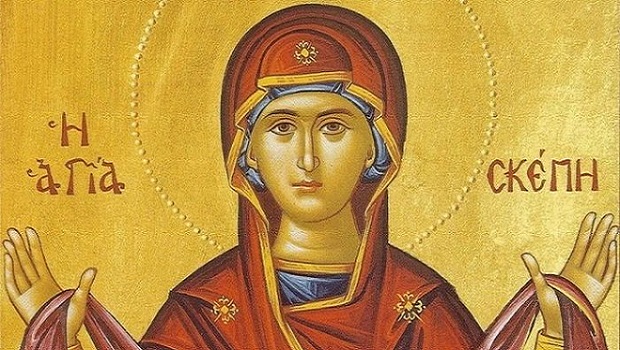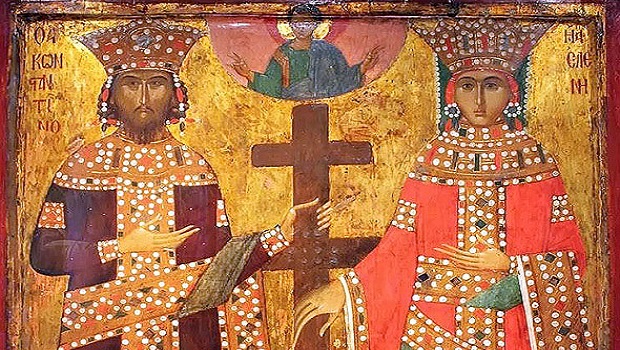He was born in Vryoulla or Vourla in Asia Minor. As a seventeen-year-old, he and six other Christians were deceived and converted to Islam. When he appeared before his mother in Turkish clothing, she threw him out, saying: “I gave birth to a Christian, not a Turk”. He left, greatly saddened and soon came to understand the harm he had done himself. In Smyrna, he confessed to an Athonite spiritual father, who advised him to go to the Holy Mountain.
He came under the guidance of Elder Stefanos at the skete of Saint Ann, at the house dedicated to Saint John the Theologian. “Persecuted and reviled”, he underwent “many trials and tribulations, because of the envy of the hater of good, but continued patiently, without complaint and, with enormous gratitude, glorifying God and Our Lady His Mother, in the belief that everything was for the remission of his sins”. After his tonsure, at which his name was changed from Nikolaos to Nektarios, he gave himself over completely to the ascetic life. “His eyes became two springs flowing continuously” and “everyone was amazed at the truly divine alteration in this young man”. Every day he begged the Mother of God to allow him to end his life as a martyr.
With the blessings of the holy fathers, and accompanied by his Elder, he went off to his martyrdom. He arrived in his home-town of Vourla, where, with great joy and patience he suffered various horrible tortures for Christ’s sake. Promises of honours and glory left him entirely unmoved. His eyes were trained on the heavens. In prison he gave advice to others and foretold future events, through continuous prayer and fasting. Finally, he was beheaded at the age of 21.
After the transfer of his relics, his Elder received his skull and took it back to the Skete of Saint Ann. Parts of the relics of the martyr were given to his devout mother, and they performed many wonderful miracles.
There is an icon of the saint with scenes from his martyrdom in the church of Saint George, Nea Ionia Athens, where his memory is honoured by his fellow-countryman (families of refugees from Asia Minor). The service and the story of his martyrdom are in a manuscript in the Athonite monastery of Saint Panteleimon and it is from here that information has been drawn for inclusion in the feast days of the Church.
His memory is honoured on July 11, the day of his martyrdom.
Source: pemptousia.com




0 Comments